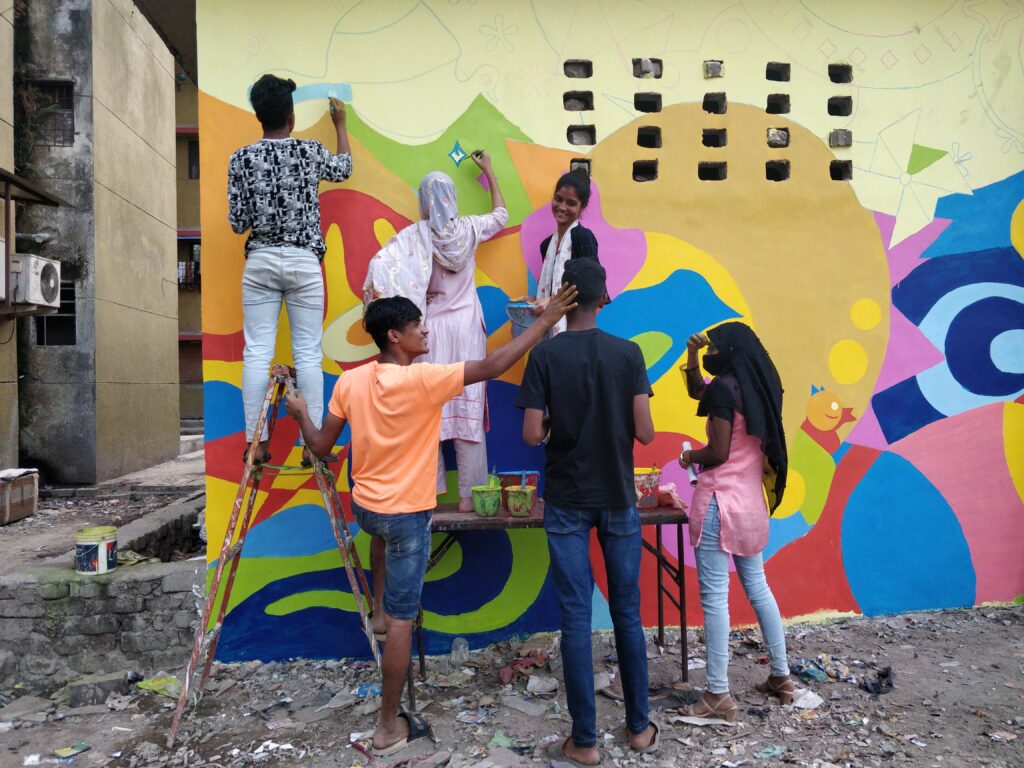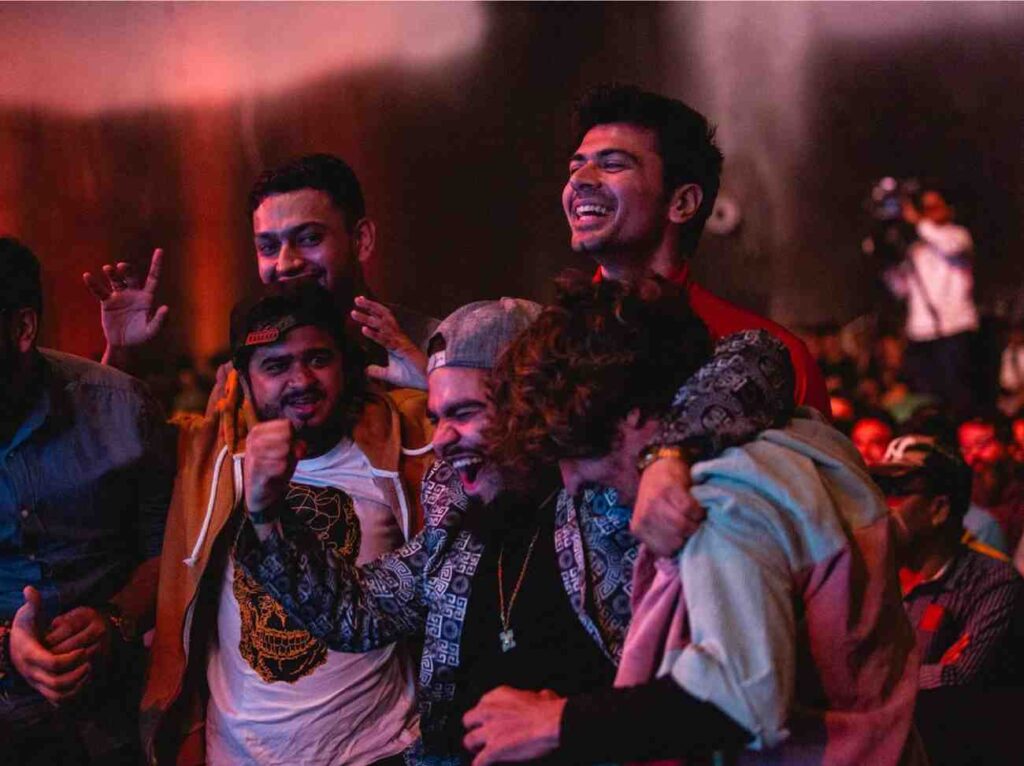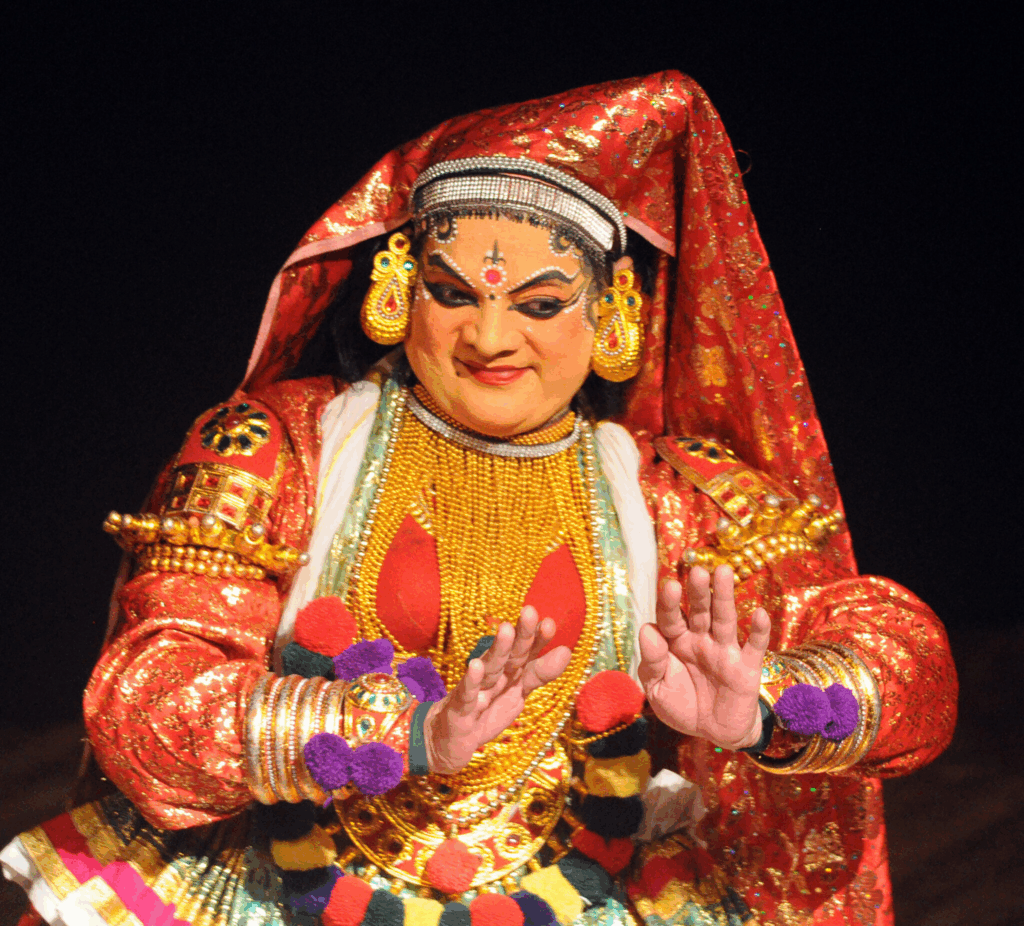Every September, as the monsoon withdraws and the skies above Arunachal Pradesh finally clear, the Ziro Valley transforms into one of India’s most extraordinary cultural landscapes. At 1,500 meters above sea level, mist-draped mountains and terraced paddy fields create a natural amphitheater for what has become India’s most iconic indie music gathering: the Ziro Festival of Music (ZFM).
Launched in 2012, the festival has since snowballed into a movement in the Indian Music Industry. So, between 25–28 September 2025, the valley will once again host four days of music, community, and cultural immersion. The Ziro Festival of Music has built a legacy as the country’s foremost sustainable music festivals.
A Festival with a Conscience
The Apatani tribe, indigenous to the Ziro Valley and counted among Arunachal Pradesh’s 26 major tribes with over 100 sub-tribes, embody the cultural soul of the festival. Renowned for their intricate bamboo craftsmanship and once-distinctive facial tattoos, they remain its quiet custodians, ensuring that what unfolds in the valley is more than a concerted celebration of sound. You can take a stroll beyond the camping grounds and learn more about the old tribe and their way of life.
Their presence is a reminder that Ziro is more than music, it is a festival with a conscience, grounded in community and respect for tradition.
A note of cultural respect: photography of local people should never be undertaken without their consent.

Journey Towards Ziro Valley
While yes, getting to the valley can be a task, getting to Ziro is part of the adventure.
Since Arunachal Pradesh is a protected state, you’ll need a permit to enter. Indian citizens require an Inner Line Permit (ILP), which you can apply for online. Foreign nationals need a Protected Area Permit (PAP/RAP), obtainable through the Deputy Resident Commissioner’s office in Guwahati or a registered travel agent.
The closest airport is Donyi Polo Airport in Itanagar (Naharlagun), with regular connections from Guwahati and Kolkata. Many visitors still prefer flying into Guwahati, which has more flight options, and then continuing by train to Naharlagun. You can then hop onto the Donyi Polo Express (15818) or the GHY–NHLN Vistadome (12088), now the Shatabdi Express.
From Naharlagun, Ziro is a 4–6 hour drive by taxi or shared sumo. Fares vary, but the budget around ₹550–₹700 per seat. Within Ziro Valley, shared cabs and autos are available between Hapoli (New Ziro), Old Ziro, and the festival site.

What to Expect?
Performances take place across two stages:
- The Danyi Stage (folk, classical, jazz)
- The Pwlo Stage (independent rock and pop).
The 2025 line-up spans a remarkable spectrum, from the earthy resonance of the Barmer Boys to the atmospheric soundscapes of Signal W and Gauley Bhai; from Anna Erhard’s indie brilliance to Dualist Inquiry’s genre-bending electronic grooves. Adding to the mix, fans can anticipate Swanand Kirkire’s much-awaited Baawra LIVE, while emerging acts like The Dreamcatchers promise fresh discoveries. It’s a curation that feels both deeply rooted and refreshingly radical, and for sure they are going to be crowd pullers.
You can check the full line-up here

Flavour of The Valley
Yes, the local cuisine is largely meat based. But, our vegetarian comrades won’t suffer in silence. The festival hosts an array of stalls offering everything from wholesome vegetarian thalis and roasted vegetables to hearty ramen and the ever-comforting thukpa, alongside regional specialties of pork, fish, chicken, and prawns. You can also pick from a selection of millet wine, fruit wine and the classic local rice beer, apong.
No visit is complete without tasting bamboo-shoot delicacies: the sharp pika pila pickle, bamboo chicken, or chutneys that cut through the mountain chill. Local favourites like smoked meats with rice, chura sabji (fermented milk soup spiked with bhut jolokia), and lukter (spiced dried beef) add depth to the experience.
The festival’s culinary rhythm greatly compliments the music, amplifying the festival’s atmosphere.
Skies, Spirit, and Sound
At this time of the year, the temperature is usually in the early 20s but the nights can get chilly. Be ready for rainfall, it has rained almost every edition of Ziro. Pack a cozy jacket or sweater to keep warm. You can also buy rainwear locally at Hapoli and even grab a pair of gumboots to navigate the muddy terrain!

Beyond the Festival
Stay longer, and the valley opens a new door. You can visit the western region of the state and go up to Tawang, which is home to the second largest Buddhist monastery in the world. You can also visit the border town of Bum La or travel down to Cherrapunji to witness the magnificence of the root bridges.
Where to Stay?
With over 10,000 attendees expected this year, accommodation fills up quickly. While the festival itself does not provide stays, its website lists third-party partners offering camping packages. Beyond that, options include a few small resorts, guesthouses, and a growing number of homestays. If you plan to camp on-site with your own tent, come prepared: bring sleeping bags, a torch or headlamp, mosquito repellent, and essential medication. Many campsites provide charging stations, but a power bank is always wise.
Things to be Mindful of
At Ziro, mindfulness is part of the experience, no single-use plastic is allowed, so carry a refillable bottle; keep cash on hand for when networks falter; and if you plan to work remotely, bring your own dongle.
But beyond the practicalities lies the essence: the Ziro Festival of Music is an invitation to pause, breathe, and immerse yourself in a rare confluence of sound, nature, and community. Give yourself a break, touch the grass, feel the valley’s rhythm, and let the music linger long after the last note fades.
Check out the festival and book your tickets now!
For more articles on festivals in India, check out our read section of this website.
Also Read:
The Art Lover’s Guide to Exploring Himachal Pradesh
Breeze through Bengaluru with Our Expertly Curated Handy Guide!




Share on